Why Solar System Installation is a Smart Move for Your Home
The decision to invest in solar system installation has become increasingly compelling for homeowners across the globe. According to the Solar Energy Industries Association (SEIA), the U.S. solar market grew by a remarkable 42% in 2020 alone, a trend that underscores the escalating shift towards renewable energy sources. Furthermore, studies reveal that homes equipped with solar systems not only enjoy a significant reduction in electricity bills—often saving homeowners up to 70% on their energy costs—but also see a notable increase in property value, with the National Renewable Energy Laboratory estimating that each watt of solar installed adds $4 to a home’s value. This growing trend highlights the financial and environmental benefits of adopting solar technology, making solar system installation a smart move for today’s homeowners looking to enhance energy independence and sustainability.
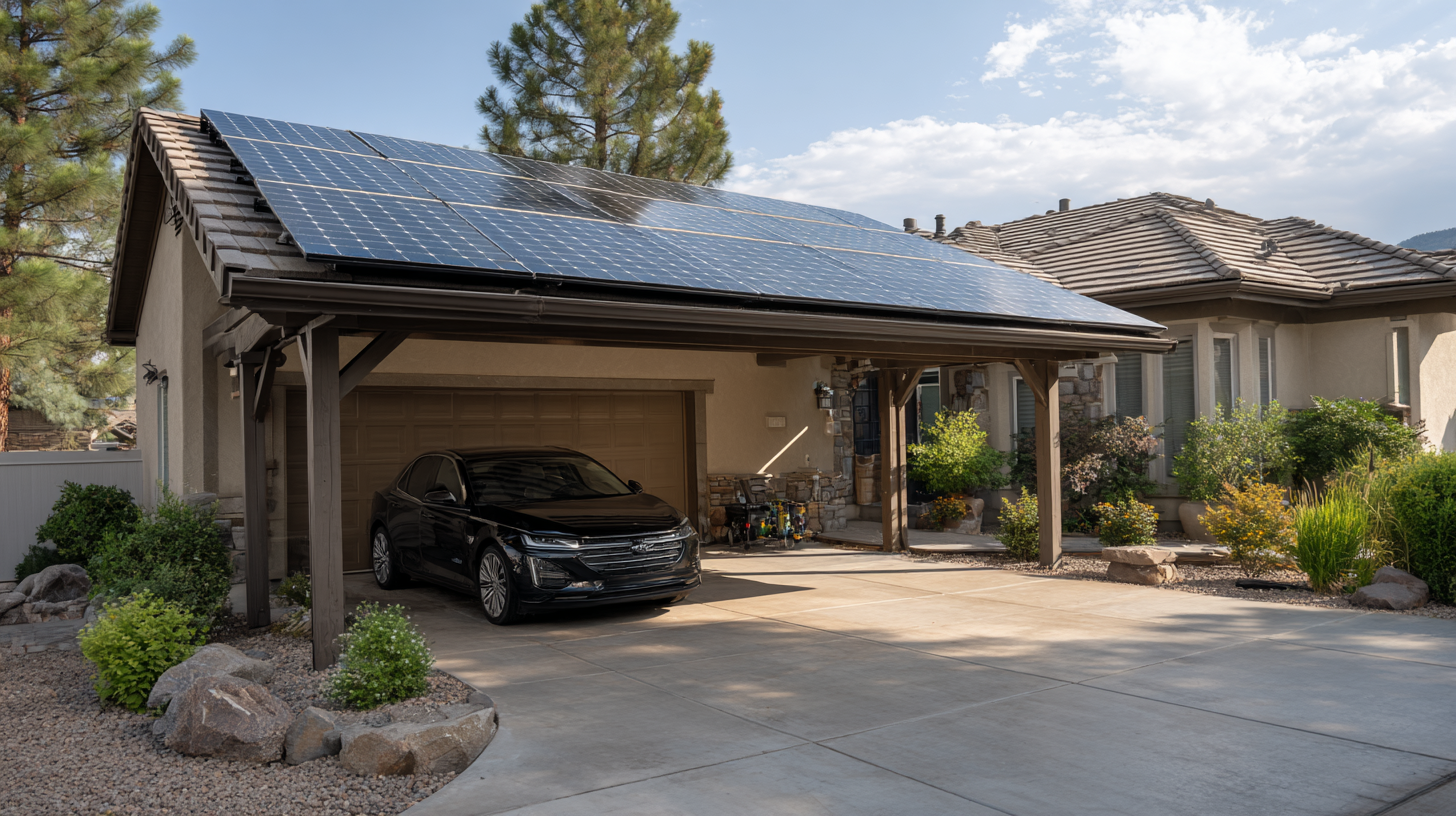
Benefits of Solar Energy: Long-Term Savings and Environmental Impact
Investing in solar energy for your home is not just a trend; it's a smart move that offers substantial long-term savings. By harnessing the power of the sun, homeowners can significantly reduce their electricity bills. Once the initial installation costs are recouped, solar panels can provide free electricity for decades, leading to considerable savings over time. Additionally, many states offer tax incentives and rebates, making the transition to solar even more financially advantageous.
**Tips:** When considering solar installation, shop around for the best financing options available. Look into community solar programs if you aren’t ready for full installation, as they can provide benefits without the onus of maintaining the equipment. Also, consider the orientation and shading of your home; a south-facing roof with minimal shade is ideal for maximizing solar energy absorption.
The environmental impact of solar energy cannot be overstated. By reducing reliance on fossil fuels, solar panels significantly decrease greenhouse gas emissions. Each watt of solar energy generated contributes to a healthier planet, promoting sustainability for future generations. This shift towards renewable energy sources is crucial in the fight against climate change, making solar installation not only a financial decision but an environmentally responsible one as well.
**Tips:** To enhance your home’s energy efficiency, pair solar panels with energy-efficient appliances. This combination not only decreases overall energy consumption but can also improve the financial returns of your solar investment. Regular maintenance of your solar system is also advisable to ensure optimal performance and longevity.
Benefits of Solar Energy Installation
How Solar Power Increases Home Value and Attracts Buyers
Installing a solar power system in your home can significantly enhance its market value. According to a report by the National Renewable Energy Laboratory (NREL), homes with solar energy systems can sell for an average of $15,000 more than comparable homes without solar. This premium reflects the growing consumer interest in sustainable living and energy efficiency. In today's housing market, buyers are increasingly looking for properties that not only reduce utility bills but also contribute to a lower carbon footprint.
Furthermore, the Solar Energy Industries Association (SEIA) highlights that more than 80% of homebuyers consider solar panels an attractive feature, particularly among millennials and younger generations who prioritize environmentally friendly options. The appeal of solar energy extends beyond mere aesthetics; it promises long-term savings and energy independence. With rising electricity costs, potential buyers are more inclined to invest in homes equipped with solar infrastructure, perceiving them as a financially savvy choice that aligns with their values. As a result, solar installations not only provide immediate benefits for homeowners but also serve as a substantial selling point when it comes time to list the property.
Why Solar System Installation is a Smart Move for Your Home
| Aspect | Details |
|---|---|
| Increased Home Value | Homes with solar panels can sell for up to 4.1% more than comparable homes without them. |
| Attractiveness to Buyers | 41% of homebuyers say they would be more interested in a home with solar panels. |
| Energy Savings | Average savings on energy bills can reach $1,500 annually for homes with solar panels. |
| Tax Incentives | Federal tax credit for solar installations provides a 26% deduction off the cost of a solar system. |
| Environmental Impact | Solar energy reduces carbon footprint and promotes sustainable living. |
| Maintenance Costs | Solar systems require minimal maintenance, averaging $50 to $200 annually. |
Understanding Government Incentives and Rebates for Solar Installation
When considering solar system installation for your home, understanding the various government incentives and rebates can significantly impact your decision. Many local, state, and federal programs are designed to encourage homeowners to adopt solar energy.
For instance, the Federal Investment Tax Credit (ITC) allows you to deduct a substantial percentage of your solar installation costs from your federal taxes. This incentive reduces the overall financial burden of switching to solar power, making it a more appealing investment.
Additionally, many states offer their own incentive programs, which can include rebates or solar renewable energy certificates (SRECs). These benefits vary widely depending on where you live, and it's essential to research the specific offerings in your area. Some utilities might also provide financial incentives or discounts for customers who choose to install solar panels. By taking advantage of these government incentives and rebates, homeowners can not only reduce the upfront costs of solar installation but also enhance the overall return on their investment over time.
Choosing the Right Solar System: Types, Costs, and Efficiency
When considering a solar system installation for your home, understanding the various types available is crucial. Typically, there are three main types of solar systems:
grid-tied, off-grid, and hybrid.
Grid-tied systems are the most common and connect directly to the local utility grid, allowing homeowners to sell excess energy back.
 Off-grid systems, on the other hand, are ideal for remote locations and rely entirely on solar power, often supplemented with battery storage for energy use at night.
Lastly, hybrid systems combine both grid-tied and off-grid capabilities, offering flexibility and energy independence.
Off-grid systems, on the other hand, are ideal for remote locations and rely entirely on solar power, often supplemented with battery storage for energy use at night.
Lastly, hybrid systems combine both grid-tied and off-grid capabilities, offering flexibility and energy independence.
Cost is another significant factor to consider when choosing a solar system. Initial installation costs can vary widely based on system type, size, and local incentives.
On average, a residential solar system can range from $15,000 to $30,000 before tax credits or rebates. Efficiency, measured in terms of energy output relative to solar panel size, is equally important.
Higher efficiency panels convert more sunlight into electricity, meaning homeowners can generate more power in a smaller space. It’s essential to weigh these factors—system type, cost, and efficiency—carefully to make an informed decision that not only fits your budget but also meets your energy needs effectively.
The Installation Process: What to Expect and How to Prepare
The installation of a solar system at your home is an exciting yet significant process that requires proper preparation. The first step typically involves a consultation with a solar energy provider, where a site assessment is conducted. This assessment evaluates your roof's suitability, checks for shading issues, and determines the optimal solar panel configuration to maximize energy capture. Homeowners should prepare by gathering necessary information, such as energy bills and considerations for financing options.

Once the assessment is complete, the installation phase begins. Depending on the size of the system, the actual installation can take anywhere from a few hours to a couple of days. It involves mounting panels on the roof, wiring the system, and connecting it to your electrical grid. During this time, it's essential for homeowners to maintain clear access to their property and to be available for any questions that installers may have.
Post-installation, there will be inspections to ensure everything is operating efficiently, followed by guidance on how to monitor your system's performance to reap the full benefits of your investment.
Related Posts
-
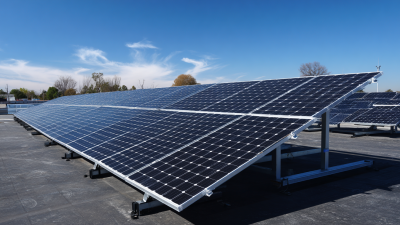
Top Industry Standards and Key Reasons to Choose the Best Solar Energy Panels for Global Buyers
-
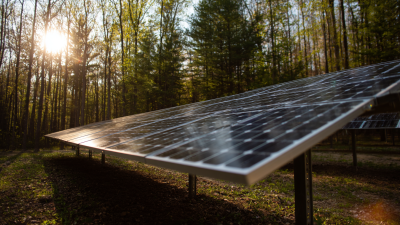
10 Essential Tips for Sourcing Solar Panels Effectively in 2024
-

What is Solar System Installation? Unlocking the Key Components and Benefits for Your Home
-

How to Seamlessly Integrate Solar Energy Installation into Your Home
-
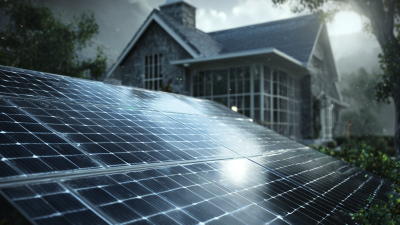
Ultimate Guide to Choosing the Best Solar Energy Panels for Your Home
-
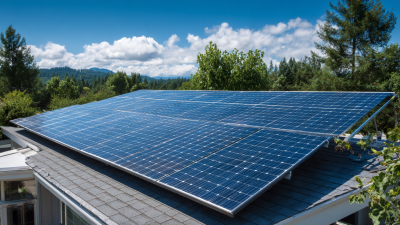
How to Source Quality Suppliers for Best Solar System Installation with a Comprehensive Checklist